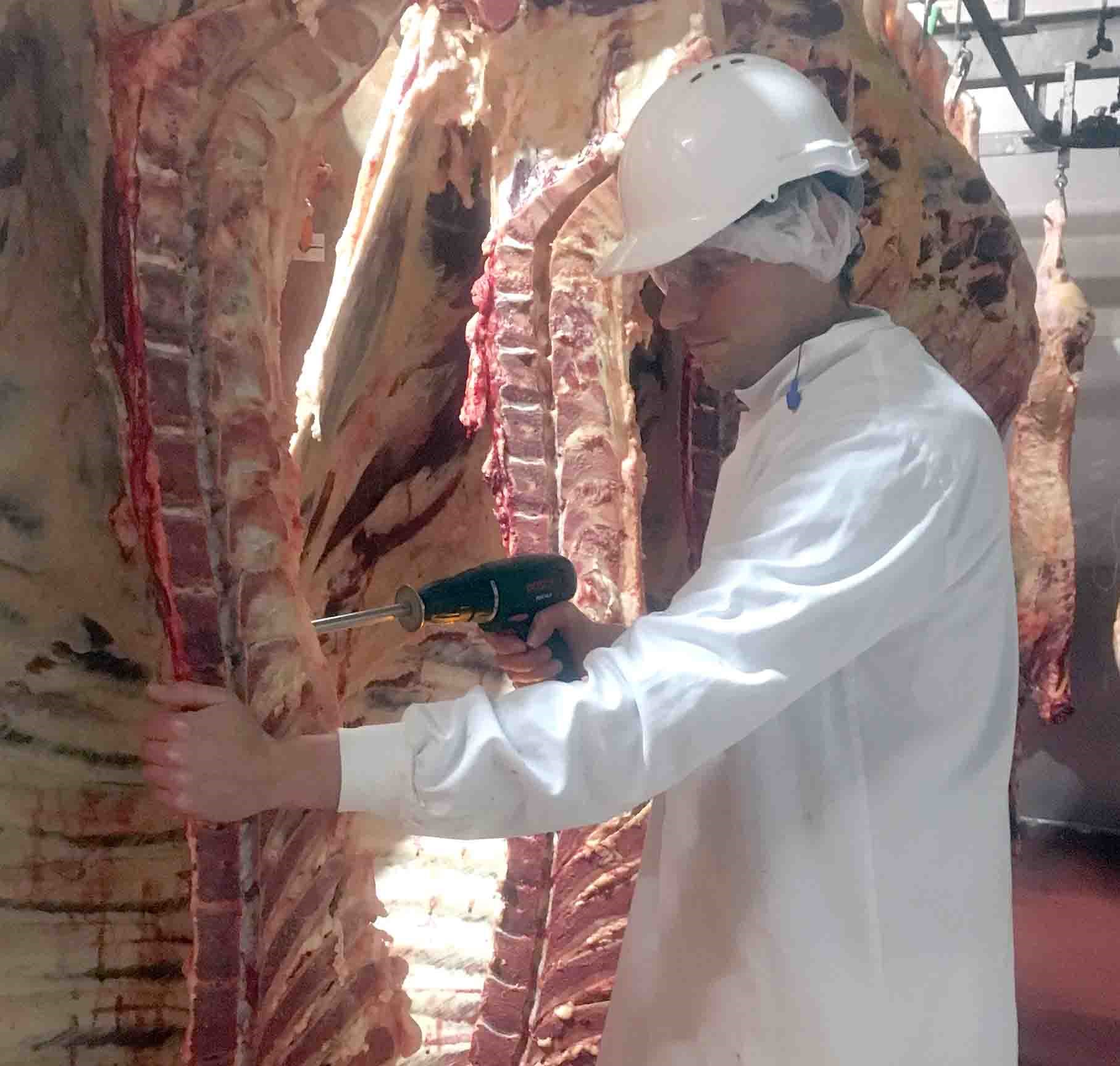
How fresh is fresh meat? The answer could impact Australia’s beef exports
At what point do we consider meat to be fresh or spoilt? When it comes to international meat exports, the answer may be subjective, leaving Australia's trade market open to potential negative impacts.
NSW DPI meat scientist Dr Benjamin Holman hopes to avoid these problems and find a consistent, science-based means to objectively answer this question.

“We all know what fresh is and we all know what spoiled is, but there’s that grey area in the middle that we don’t know and setting any thresholds for it is going to be difficult,” Dr Holman said.
“When it comes to export markets, currently there are only recommendations for these grey-area thresholds, with each having a different interpretation. But if they become more formalised, we want to make sure Australia is on the front foot.”
Following his groundbreaking review into current meat freshness measurement standards, Dr Holman said that a scale first used for seafood to determine its freshness is often applied to red meat.
“Red meat is very different to fish, and we should be careful when assuming there are similar spoilage pathways for fish and red meat products” he said.
“By applying inappropriate measurements, inaccuracy and subjectivity are introduced into the appraisal of meat freshness.”
So how does the red meat industry get a standard measure of freshness? First, scientists like Dr Holman must gather comprehensive scientific data on the transition from fresh to spoiled specific to each meat type.
“We had around 20 beef striploins which we aged for up to 14 weeks, so we had a good model of really fresh to really off beef,” Dr Holman said.

“From there, we went through and analysed each piece to see if total volatile basic nitrogen or TVB-N relates to microbial load, if it relates to meat tenderness, to colour, to oxidative status and so on.”
Results from the study revealed that TVB-N levels of 5 mg per 100 grams of beef equated to the Australian guidelines for the maximum allowable amount of microbes on a meat product.
“Because of our findings, we now know that the current guidelines, which suggests TVB-N levels 15 mg per 100 grams of meat to be acceptable, should be more than half that figure to be deemed fresh and safe to eat,” Dr Holman said.
Dr Holman said, among the findings from this study, it also revealed Australia's red meat industry as a top competitor in the global market should these standards become universal.
“We’re having to wait 14 weeks or so to get our beef to that threshold of 5 mg/100 g while other countries are already hitting 25 mg/100 g in three to four weeks,” he said.
“If there was a decision to drop TVB-N thresholds, our study shows that Australian beef could still compete because we can keep under that level for longer.”
Dr Holman’s research was been funded with his receipt of the Australian Meat Processor Corporation Award at the 2020 Science and Innovation Award for Young People in Agriculture, Forestry, and Fisheries.
What is TVB-N?
The breakdown of proteins and other nitrogen-containing compounds will contribute to the accumulation of organic amines that are collectively known as total volatile basic nitrogen (TVB-N). These compounds cause considerable colour and flavour changes that affect the acceptability of meat products.

